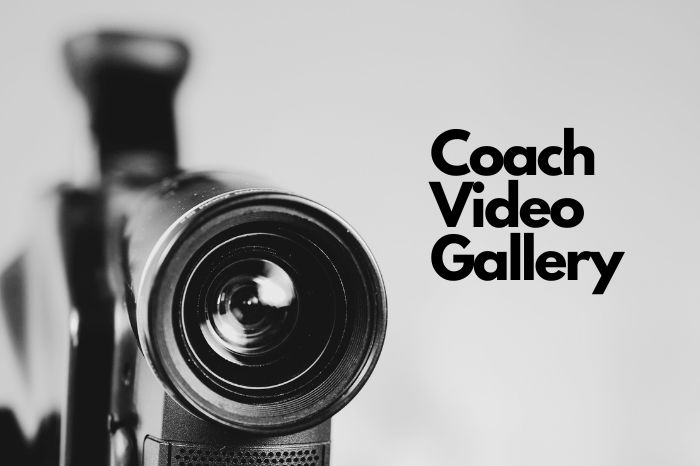A student of mine once wrote about an art assignment that involved a blank canvas, paint, and a salt shaker. These were his tools. His purpose: to let process dictate a subject — what would he see by experimenting with these materials? He went through various twists and turns, letting the paint drip down the canvas, throwing on salt to give contour to the marks, before the image of a fish leaping out of the water came into view.
His description of his work was compelling, but when it came time to reflect on what this experience had meant to him as an artist … that was much harder.
At first, like many application-essay writers, he aimed to impress the admissions officers he imagined reading his essay. He reached for language that moved out of his lived experience and into abstraction. Ideas became lofty but generic, no longer specific to him.
When we let it talk back to us, the story often tells us what it is. We do the same thing as little kids when we look up at the clouds and tell each other what we see in their shapes — we let the forms dictate the meaning we make.
So we continued our search. We looked and relooked at his story the way he had looked and relooked at the canvas, stepping back, walking around it, turning it in order to see it from a different perspective. Several times I found myself saying, “Now we’re doing exactly what you were doing with the salt — finding the fish in the dots!” We had to let the “paint splatter,” let his details, ideas, and emotions interact, trusting that eventually the fish would leap out at us.
It’s not easy to sit and wait, staring at random dots of paint. Meaning-making takes patience and is most authentic when we look at what’s in front of us without judging the experience as more or less important or meaningful than someone else’s. When we let it talk back to us, the story often tells us what it is. We do the same thing as little kids when we look up at the clouds and tell each other what we see in their shapes. That’s the mindset, anyway — we let the forms dictate the meaning we make.
Now, when I come to student writing, I often think, Can I see the fish in the dots yet? But I don’t forget about gravity and salt. In his art project, my student had to give himself time to see the fish, but he wasn’t just waiting. Per the assignment, he grabbed the salt shaker. He let gravity pull on the paint. He gave himself ways to find that fish, and then examined and added details until a fuller picture emerged. In their writing process, I encourage my students to do this, too. You don’t have to force a meaning or say what you think is expected of you, but you do want to push on the story to see what it yields. That’s what lets the fish leap.
Valerie coached at Hillside from 2018-2023.




